There’s no doubt that cool containers play an essential role in the cold chain market. But the cost of disposable batteries can be eye-watering for ULD fleet managers. A large global fleet of temperature-controlled containers consumes around 500,000 D-cell batteries each year. With batteries costing around €1.50 each, that’s an annual bill of €750,000. Ouch!
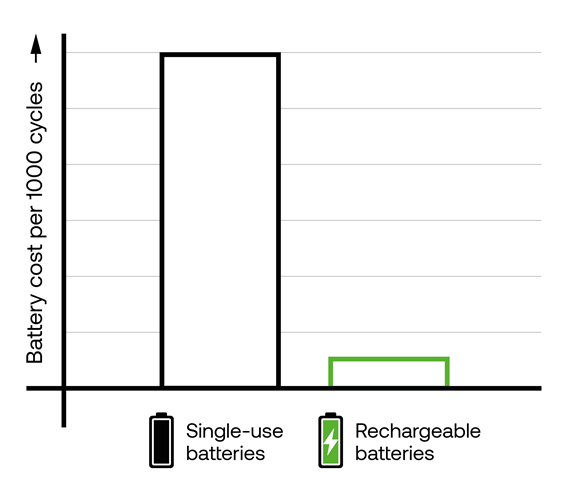 Battery cost for rechargeable versus sing-use batteries
Battery cost for rechargeable versus sing-use batteries
Of course, it’s not just operating costs that give fleet managers a headache. There’s also the negative environmental impact. The production, transportation and distribution of batteries deplete our natural resources of elements such as cadmium, cobalt, lead, lithium and nickel.
What’s more, when not properly recycled, there’s a risk that a battery’s toxic substances will either leach into the soil or water supply or form poisonous gases and be released into the atmosphere.
There are alternatives to the single-use battery, however. Let’s take a look.
Option 1: Using dedicated rechargeable battery packs
Rechargeable batteries are a credible substitute for single-use batteries since they’re ideal for high-drain electronic devices that consume a lot of energy quickly. Temperature-controlled cool containers certainly fit into that category.
Dedicated battery packs versus single-use D-cell batteries
These types of batteries are easy to recharge and have a pretty long lifecycle, so you avoid the hassle of constantly stocking up on new batteries. True, they cost more to buy than single-use batteries, but their long-term value is far greater, so don’t look only at the price tag.
You can also feel good about the reduced impact on the environment. Rechargeable batteries are said to have 30% less impact on air pollution, 12% less impact on water pollution, and 28 times less impact on global warming than single-use batteries. They also consume 23 times fewer non-renewable natural resources.
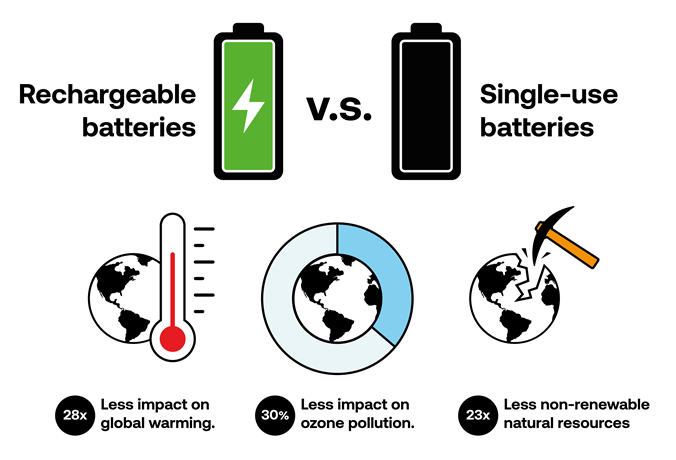 The environmental impact of rechargeable versus sing-use batteries
The environmental impact of rechargeable versus sing-use batteries
It’s not all good news, though. For cool containers, rechargeable batteries usually come in the form of dedicated battery packs. These can’t be removed, which means the container can’t be used while the battery is being recharged (which can take around 8 hours).
That’s a long time for a temperature-controlled container to be out of commission, and it can create all sorts of logistical problems for fleet managers.
Option 2: Using removeable rechargeable battery packs
To overcome the industry-wide problem of dedicated battery packs, VRR has developed a removable, rechargeable battery for its own range of cool containers.
This can be removed and then replaced by a fully charged battery in a matter of seconds. This is quicker and certainly much less fiddly then taking out and reinserting 8 or 16 D-cell batteries. And it’s far, far quicker than the 8 hours or so that a dedicated battery pack needs to be fully recharged.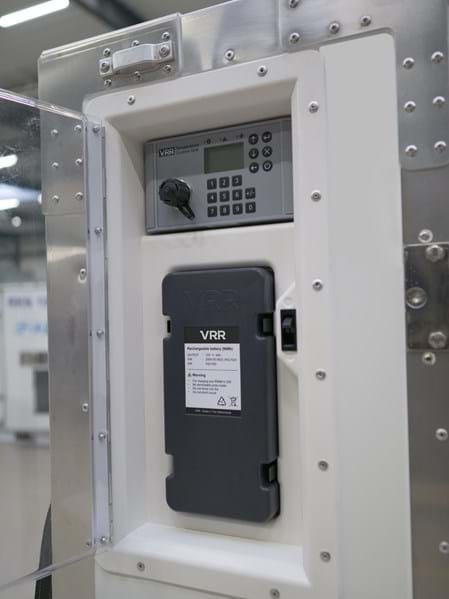
VRR Rechargeable battery pack for cool containers
The removable battery pack is not only easy to use but also long lasting. It will operate a VRR cool container for up to 350 lifecycles (a full to empty battery is considered to be one lifecycle). For safety reasons, the battery does need to be refurbished by VRR after 350 lifecycles. However, the batteries can then be safely used for another 350 lifecycles.
Refurbishing the battery pack is cheaper and, of course, more environmentally friendly than purchasing a new battery pack. It also means that you don’t have any disposal or recycling concerns. Even rechargeable batteries have to be discarded responsibly, especially when you consider that those not fully used up cause more harm to the environment than their disposable counterparts.
Conclusion
Temperature-controlled cool containers rely on an external power source to regulate the internal temperature. That can’t be avoided. However, you do have a choice when it comes to the power source: disposable batteries, a dedicated rechargeable battery pack or a removable rechargeable battery pack.
The VRR rechargeable battery is now available for RKN and RAP cool containers. In addition, older versions of VRR cool containers can be retrofitted with this rechargeable battery so they can also benefit from the battery’s cost savings and smaller impact on our environment.
If you’d like to reduce operational costs and save valuable operational time for your ULD fleet, please contact one of our specialists. They’d be happy to talk you through your options.

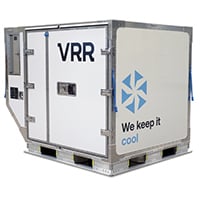

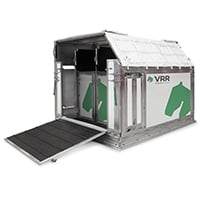
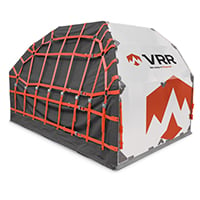
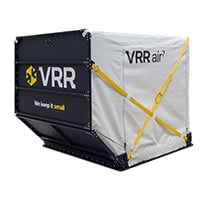

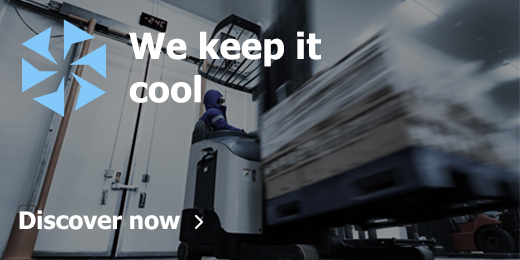
%20resize%20web.jpg)



